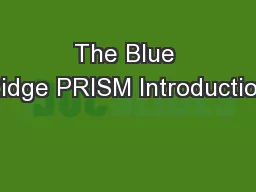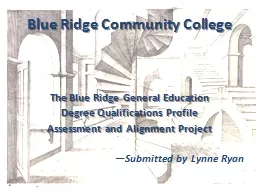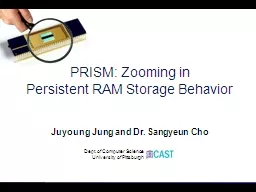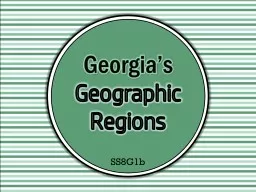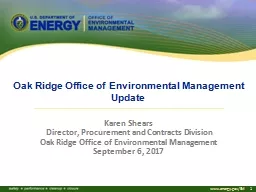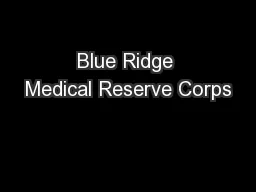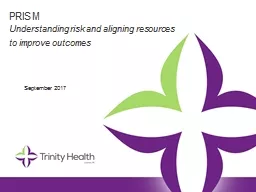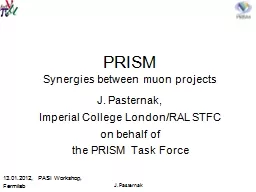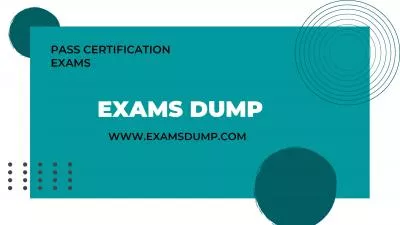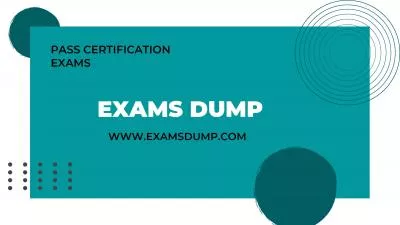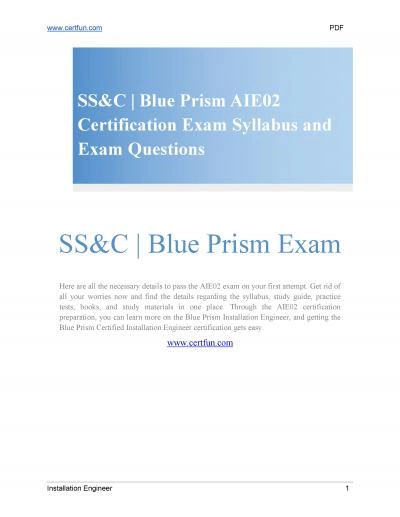PPT-The Blue Ridge PRISM Introduction
Author : alexa-scheidler | Published Date : 2018-11-05
to the PRISM Rod Walker Landowner Ashton Fisher Program Director July 22 2017 wwwblueridgeprismorg PRISM Partnership for Regional Invasive Species Management
Presentation Embed Code
Download Presentation
Download Presentation The PPT/PDF document "The Blue Ridge PRISM Introduction" is the property of its rightful owner. Permission is granted to download and print the materials on this website for personal, non-commercial use only, and to display it on your personal computer provided you do not modify the materials and that you retain all copyright notices contained in the materials. By downloading content from our website, you accept the terms of this agreement.
The Blue Ridge PRISM Introduction: Transcript
Download Rules Of Document
"The Blue Ridge PRISM Introduction"The content belongs to its owner. You may download and print it for personal use, without modification, and keep all copyright notices. By downloading, you agree to these terms.
Related Documents

